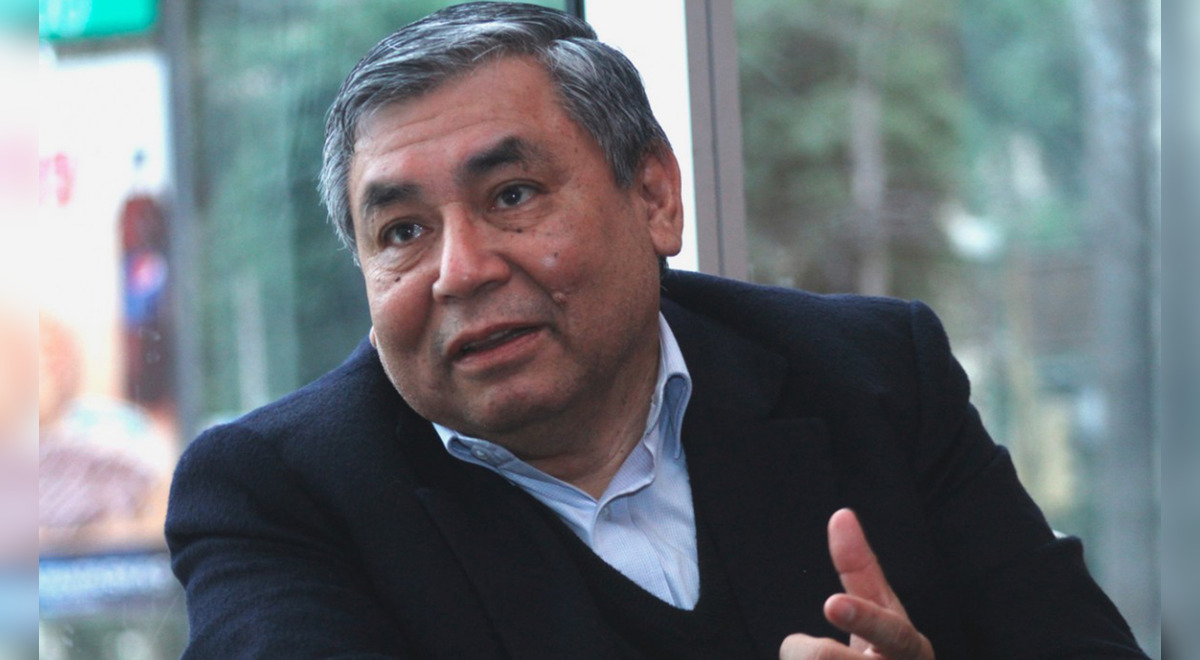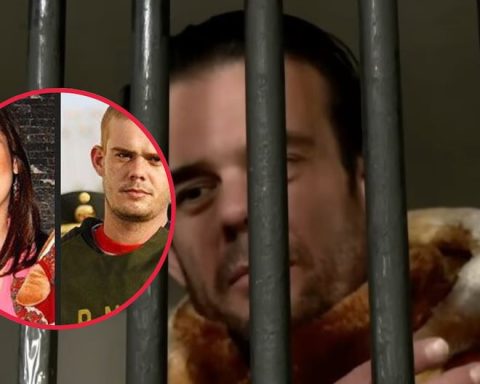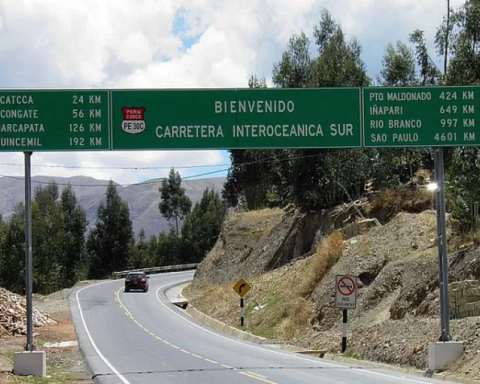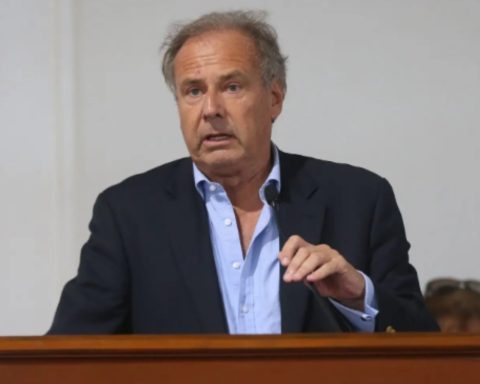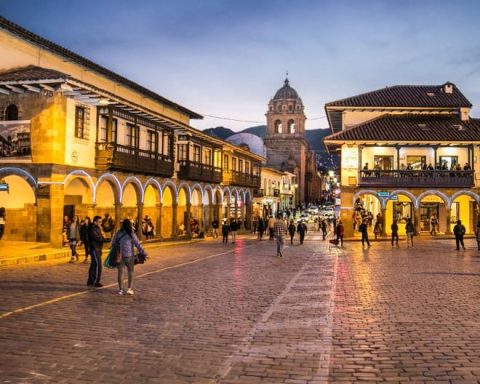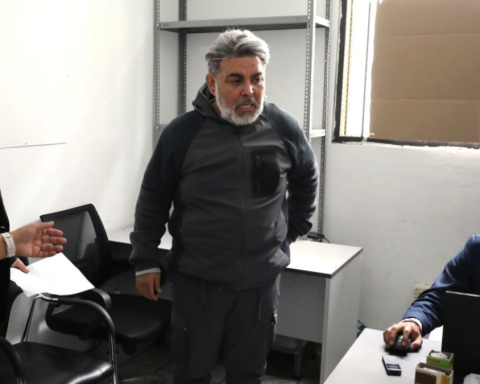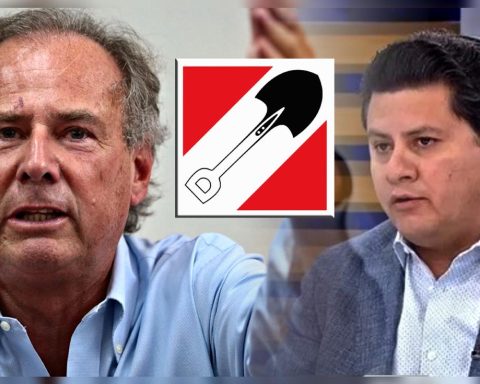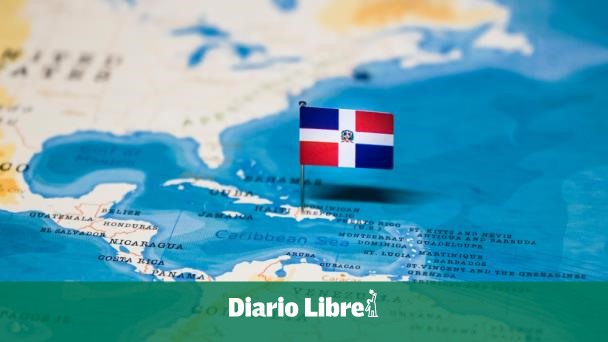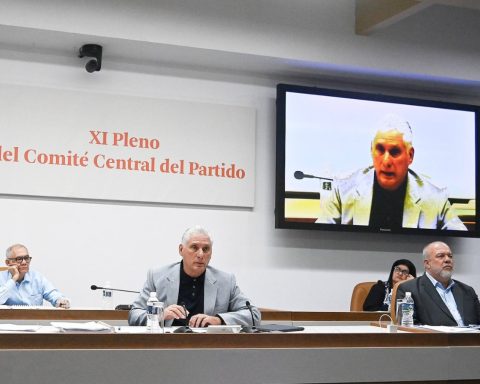Interview. The sociologist and researcher maintains that the departure of Pedro Castillo and the assumption of Dina Boluarte on December 7 caused “an outbreak of political malaise that has been going on for years.”
The protests continue in various regions of the country and in Lima the mobilizations do not stop due to the political decisions of the Government and Congress. The anthropologist and researcher Víctor Caballero talks about the origin of the protests and the effects they can have over time if they are not resolved as soon as possible.
Are those who protest social groups or political operators?
“You have to contextualize. I don’t know if we are facing a social conflict or if we are facing a social movement of a national structure with an impressive mobilization of regional actors and governments. With a political demand for transformation and change. From this point of view, a social movement that proposes transformations of a political nature should not be qualified if it is fair or not, or if it is legal or not, but rather it has to be assumed as an objective reality.
Can the conflict be justified by the closure of Congress, the resignation of the president and the constituent assembly?
—There are movements that are demanding a political change and, therefore, it corresponds to the institutional political actors, be it the Executive, Legislative, parties or institutions; set an agenda for dialogue to these demands. Whether they are legitimate, or not, goes to the background because there is an issue on the agenda because it is political transformations.
—Do these protests break out on December 7 with the departure of Pedro Castillo and the assumption of Dina Boluarte?
—December 7 was the outbreak of a political malaise that has been going on for years. For a long time, the regions, social movements and political leaders, as well as public opinion, have been proposing a change to the Constitution or Constituent Assembly. This is a demand that has been in demand for more than a decade in a sector of the Peruvian population, the need for these changes.
Why is Dina Boluarte’s resignation required if she comes to power by constitutional succession?
Mrs Dina Boluarte turns out to be the catalyst of this social discontent, both for its inappropriate handling of what the conflict has been, such as the failure to build spaces for dialogue with a population that is demanding that he lead a process of constitutional change. She turns out to be the catalyst for this discontent, fury and anger of the population. It could have been someone else too if she didn’t assume.
—And why is this anger and discontent reflected more in the south of the country?
—The discontent in the south is due to the very characteristic of that movement. Whoever does not know the southern Andes can say things that are really quite questionable. They can say that they are Bolivians, drug traffickers, illegal miners or manipulated by the red ponchos, they can say any nonsense of that type, but what one really sees in the southern Andes is a very solid community structure and a form of organization and collective management very widespread, which means that any decision or agreement that a social organization may have is quickly attended to and executed by these community structures.
“And that’s why the road blockade in the south is stronger?”
—Now it is known that it is the communities that reach an agreement to block roads or an agreement to move you from one place to another, and it is because of the very solid, associative, community characteristic that exists in the southern Andes. It does not only exist for social protest, but also for collective voting decisions.
—Should the government have focused more on solving the conflict in these regions?
—No one in this country can or should be unaware that in the southern Andes there are cases of corporate and collective second-round voting. The candidate who wins in the second round in the southern Andes passes with 70, 80 or 90 percent of the votes, which is why it shows that this community, collective, decision-making character works there. That explains this enormous display of forces and this sustainability over time.
Dina Boluarte spoke before the OAS about the deaths that have been occurring in the interior of the country due to the protests. Photo: Presidency/Composition LR
—Some say that the conflict should be classified as “subversive” and “terrorism.” Can we talk about it right now?
—What should not be done is to have a police or criminal approach to a social conflict. It should not be ignored that there are very unruly actors, people who are highly questioned, people who only seek to make profits in the midst of this conflict; but giving the character of this social protest the qualification of being “subversive” does not seem to me to help to find solutions to the conflict.
—How has the government handled the social conflict?
—From the results, we can conclude that there has not been a good management of the Government. Having almost 18 regions of the country mobilized for almost more than a month or having Lima in permanent mobilization for more than a week and with the prospect that more will continue, then something is not working.
—Was removing the Armed Forces a good decision?
—I think it helps to stabilize, but that does not negate the need for dialogue with the actors who are, at this moment, in the development of the conflict, and they must be convened.
—How much does the conflict affect people who do not want to participate in the protests such as merchants or common workers?
“It affects them a lot. That is unquestionable, they are the main affected in this crisis situation. This should immediately force the authorities to try to resolve the conflict as soon as possible, because otherwise this policy of mass against mass, of Peruvians facing off against Peruvians, is not recommended under any point of view. That requires the authorities to find solutions soon.

Peru already has an average of 60 deaths as a result of protesters’ clashes with law enforcement. Photo: The Republic
—How do you see the treatment that the media have given to the protests?
—One can come to the conclusion that to a certain extent they have had a somewhat not so open character to focus on the full magnitude of the conflict. The issue is in the way they interpret these actions. Do not give a single point of view in public opinion. There is a kind of partiality in this type of communication. Very few or almost none of the regional actors are invited to speak with the media.
-Congress did not approve bringing forward the elections this year. What consequences can it bring to the conflict?
—The spectacle we saw yesterday is absolutely lamentable. There are two intransigent and hard positions. The positions of extreme right and left, both agree that the electoral process should not be held in 2023as demanded by the population. It is unfortunate and unjustifiable from any point of view.
—Can you ensure that these conflicts will end soon?
—If the situation of conflict, which has lasted for more than a month in the country, continues, it will consolidate a historical fracture in Peru. If it is not promptly channeled, resolved or attended to regarding the demands for transformation, it will generate deep animosity.
—From how political actors act, do you think it will last longer?
—There is an exclusive centralism and populations marginalized and destroyed by political power. It is not necessary to think that in a week they get tired and leave. What remains is a historical fracture, an irreconcilable reconciliation remains between Lima and the regions, between Lima residents and the Andean and regional population. Nothing is more tragic than living in a country with historical fractures and irreconcilable situations or positions.
